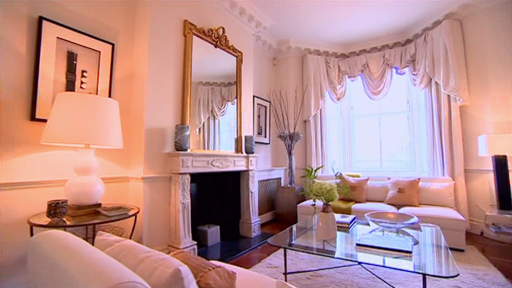2.4.2 Housing as an investment
In recent decades property has become increasingly considered as a serious alternative to other kinds of investment.
Driven by the liberalised financial services sector, which made mortgages easy to obtain, and a boom in house prices, property was seen as a one-way bet. When property prices began to decline in 2008, investing in property for capital gain began to look like a more uncertain strategy. After 2012 property prices continued their upward trend. More recently, though, the sharp rise in interest rates in 2023 and 2023 has resulted in a fall in average property prices.
This is not to say that you should overlook the investment in your own home. It’s easier to raise finance on the ‘primary residence’ than on second homes; there’s only one set of interest costs to worry about and there’s normally no liability for Capital Gains Tax on any profit made. The objective with your home (apart from having somewhere to live) would be to increase its capital value and so the equity in it. There are several ways in which that can happen over and above any general rise in property prices.
Homes can be bought in an ‘up and coming’ area where property prices will rise more than the average; they could be bought at below the ‘true’ market value; or someone can add value to a property by finding, for instance, a run-down home suitable for refurbishment and, when completed, sell at a profit over and above the total cost of the purchase, interest and refurbishment.
The video, from October 2013, explores the way in which the purchase of property as an investment has continued to be popular and to have a significant impact on property prices, particularly in areas like London.

Another way to make money from a home is to rent out a spare room, effectively using the home as an income-producing asset. Some people carry these ideas substantially further and rent out several rooms, or regularly buy, develop and then sell individual properties. Doing either would move into the realms of trading, and as a result both Income Tax ‘Rent-a-Room’ relief and Capital Gains Tax exemptions would be lost.
An alternative way to invest in property without directly owning specific properties is through investment funds – particularly Real Estate Investment Companies (REICs). You’ll look more closely at these in Week 3.
A further way that property, including property that you live in, can be used to generate cash is through equity release schemes. This involves receiving a cash sum, representing part of a property’s value, after allowing for any outstanding mortgage on the property, in exchange for which the lending institution receives an equity share of the property. This sum advanced, plus interest added over time, is then repaid when the property is eventually sold – perhaps on the death of the borrower. Equity release schemes are controversial but may be used to provide cash, particularly for those who have retired.
In 2015, two decisions were made by the UK government to take some of the heat out of the booming buy-to-let market. From April 2016, Stamp Duty Land Tax (SDLT) paid on property purchases above £40,000 has had a 3% surcharge. For a £250,000 property purchase, this adds £7,500 to the cost of the purchase. The surcharge also applies when second or further homes are bought, even where these are not let to tenants. From April 2017, landlords have only been able to claim tax relief on mortgages used to acquire buy-to-let property at the basic rate of income tax (currently 20%). It will be interesting to see if this cools the buy-to-let market or whether these higher costs are passed on to tenants in the form of higher rents.
Note that SDLT applies only in England and Northern Ireland. The equivalent in Scotland is Land and Buildings Transaction Tax (LBTT). In Wales the equivalent is Land Transaction Tax (LTT).
